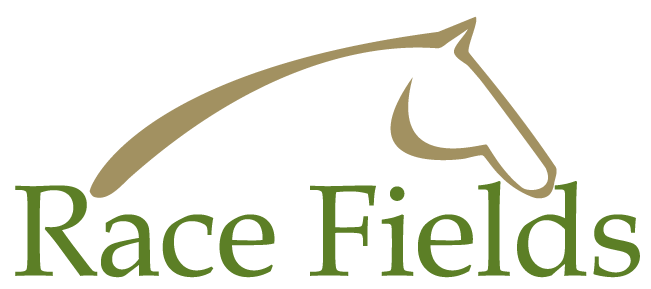THE HISTORY OF THE PRESTIGIOUS ROYAL ASCOT MEETING
* Queen Anne, who is honoured in the opening race of the Royal meeting, was the first person to see the potential for a racecourse at Ascot. While out riding in 1711, she spotted the ideal place for "horses to gallop at full stretch".
That area of open heath, not far from Windsor Castle, staged its first meeting on Saturday, August 11, 1711.
* The first permanent building was erected in 1793 by George Slingsby, a Windsor builder, and was used until 1838, during which time Parliament passed an Act of Enclosure which meant that Ascot Heath could be used for racing, although the property of the Crown.
* The precise origin of the Royal Meeting is unclear and it was perhaps an event that evolved rather than was introduced at a specific time, but the first four-day meeting took place in 1768.
* Arguably, the meeting as we know it today started to take shape with the introduction of the Gold Cup in 1807.
* Gold Cup day is the third day of Royal Ascot and is colloquially known as Ladies' Day, a term coined in 1823 when an anonymous poet described the Thursday of the Royal Meeting as "Ladies' Day, when the women, like angels, look sweetly divine".
* The Gold Cup is Ascot's oldest race and the winning owners receive a gold trophy which becomes their property.
* It was around the time of the first running of the Gold Cup that the roots of today's traditional Royal Enclosure dress code emerged with Beau Brummell, a close friend of the Prince Regent, deciding men of elegance should wear waisted black coats and white cravats with pantaloons. This has evolved into the wearing of morning suits and formal dress for the ladies over the years.
* The Royal Procession as an annual tradition began in 1825.
* Ascot's first major redevelopment came to fruition in 1954, with the relocation of the straight mile north to allow more space behind the stands. The track was moved a further 42 metres north as part of the 2005 redevelopment.
* Like Flemington during Melbourne Cup week, the car parks at Ascot play a part. They are far from merely functional with lavish picnics, including butlers, candelabra and silver service not uncommon, especially in Number One and Two Car Parks.
Ascot's much loved tradition of "singing round the bandstand" began in the 1970s under the stewardship of Lady Beaumont, wife of the then clerk of the course, Captain Sir Nicholas Beaumont. The now unmissable sing-song of British favourites and flag waving after racing was an immediate success and now, traditional singing is listed as part of the day's formal proceedings and song books and flags are handed round.
 InglisDigitalAUS
InglisDigitalAUS InglisDigitalUSA
InglisDigitalUSA







